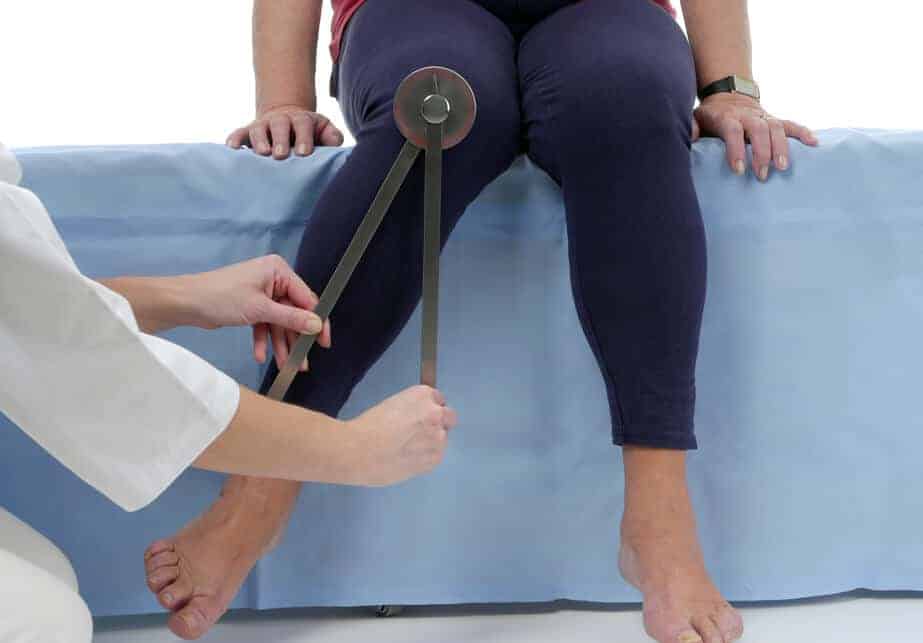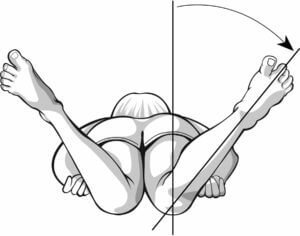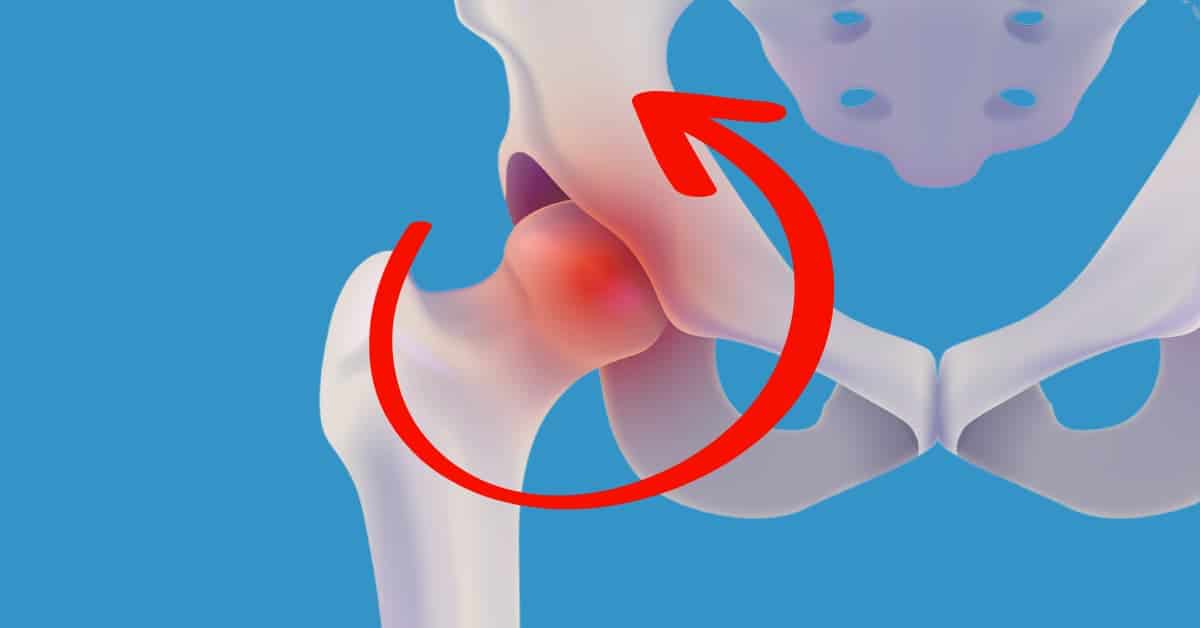In the realm of movement, some motions are far more understated than others. One such subtle yet crucial movement is the internal rotation of the hip. Though less frequently employed in daily activities than its counterpart, hip external rotation, this rotation is an unsung hero in our mobility repertoire.
Despite its importance, many people tend to have restricted hip internal rotation, often without realizing it. This article will shed light on this often-overlooked movement, discuss its implications, and offer practical strategies to enhance it for better mobility and performance.
I. Understanding Hip Internal Rotation

Hip internal rotation occurs when the femur (the thigh bone) rotates inward towards the body’s centre. This movement is a combined effort of various muscles, including the anterior fibres of the gluteus medius, the tensor fasciae latae, and a section of the adductor group. This movement is essential for many daily activities, such as walking and running.
Limited internal rotation of the hip can lead to various negative consequences, particularly for those who lead an active lifestyle or perform exercises such as squats and deadlifts. Compensating for limited hip internal rotation can cause strain on other parts of the body, leading to pain and discomfort.
II. Testing Your Hip Internal Rotation

Many people have limited hip internal rotation without realizing it. This quick test allows you to evaluate your hip mobility and, if needed, initiate measures to enhance it.
- Lie down on your stomach.
- Bend one knee to a 90-degree angle and let it fall out to the side, keeping your other hip firmly on the ground.
- Take note of the angle at which your bent leg falls outward.
- You can test the other hip using the same method.
An average individual should ideally have a hip internal rotation range of motion of around 30 degrees. However, for athletes, a target of about 45 degrees is more appropriate, given their physical demands.
If you notice your leg barely shifting, creating minimal or no angle, your hip internal rotation is likely very limited and needs work.
III. Mobility Exercises to Improve Hip Internal Rotation
Mobility exercises are an excellent way to increase your hip’s internal rotation. They can help improve flexibility, reduce discomfort, and enhance your overall movement quality.
Here are two simple mobility exercises that can make a significant difference:
Supine hip internal rotation mobilisation
This exercise helps improve your hip mobility by teaching your hips to rotate internally.
- Lie on your back with your knees bent.
- Spread your feet slightly wider than hip-width apart.
- Allow both knees to fall inward towards each other so your hips move into internal rotation.
- Hold the position for a few seconds, then gently pull your knees apart to return to the starting position.
- Repeat the movement for 10 to 15 repetitions.
Squatting internal rotation
This stretch helps to improve internal rotation mobility in a deep squat position.
- Squat down deeply, keeping your heels in contact with the floor.
- Now, gently rotate one hip to move the corresponding knee inward, toward the ground.
- Bring the knee back to the starting position.
- Repeat the movement with the other knee.
- Continue alternating between both knees, performing around 10-15 repetitions for each leg.
IV. Strengthening Exercises for Hip Internal Rotation
Strengthening the muscles that promote hip internal rotation can help improve the range and control of this movement. Here are a few exercises designed to target these muscles effectively.
Banded seated hip exercise
This exercise specifically targets the muscles responsible for hip internal rotation.
- Sit on a chair or bench with your feet hip-width apart and flat on the ground.
- Place a resistance band around your lower shins, just above the ankles.
- Rotate one leg outwards from the midline of your body, internally rotating at the hip joint.
- Hold this position for one or two seconds and slowly rotate your leg back to the starting position.
- Repeat for 10-15 repetitions, then switch to the other leg.
Side-lying hip exercise
This exercise improves your range of motion while also strengthening the muscles responsible for internal rotation.
- Lie down on your side with both legs bent at a 90-degree angle.
- Lift your top foot towards the ceiling while keeping a small gap between your knees.
- Hold this position for a few seconds, then lower your foot.
- Repeat this motion for 8-10 reps.
- Switch sides and repeat the exercise with your other leg.
90-90 internal hip rotation
This exercise focuses on strengthening the hip in its internally rotated position.
- Begin in a 90-90 position with both knees bent at 90 degrees, your front leg in external rotation and your back leg in internal rotation.
- Keeping your back foot flexed, try to lift your back foot off the ground, leading with your heel.
- Lower your foot back to the ground.
- Repeat this for 10-15 repetitions, then switch sides.
Banded reverse clamshell
- Lie on your side with your knees bent at 90 degrees and a band around your ankles.
- Keep your knees together and rotate the top foot upward so your knee points down.
- Return to the starting position.
- Perform 10-15 repetitions, then switch sides.
Final Thoughts
Understanding and improving hip internal rotation is crucial for maintaining optimal hip health and overall movement quality. By incorporating the given mobility exercises and strengthening exercises into your routine, you can work towards better hip mobility, potentially reducing discomfort and improving your performance in various physical activities.
Remember, consistency is key when it comes to improving mobility and strength. Start slow, listen to your body, and gradually increase the intensity as your comfort and ability improve.







